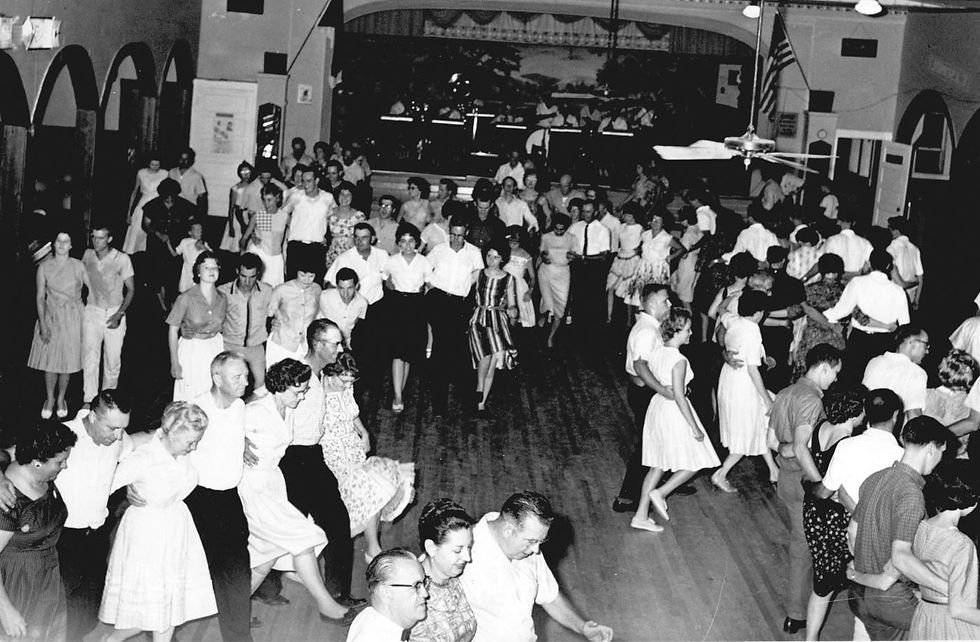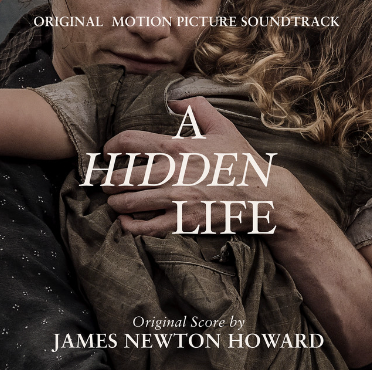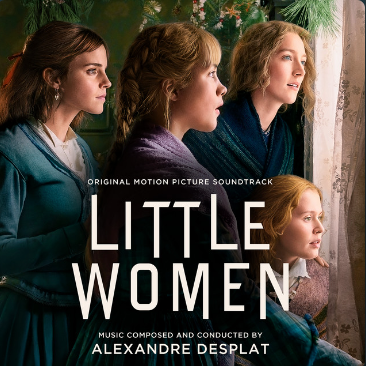Dissertation on dancing
- lucymbackman
- Oct 17, 2023
- 3 min read
Updated: Dec 7, 2023
Today, some might associate dancing with raunchy musical pop artists, as an extreme mode of competition, or any other plethora of modern interpretation.
But, dance, at its root is meant to lift the soul higher. In tandem with music, our physical bodies are lifted closer to the eternal happiness we long for. The bliss we seek in false shadows of leisure can instead be found in dancing.
When looking at cultures of old to learn how they leisured, dancing is often a central part of the conversation. Along with studying values, religions, languages, and art, one must study the rituals of any society to understand it. This includes dancing.
According to Rachel Hanson, cultural dances expressed “the cultural values and traditions of the region where they originated, and they serve an important artistic and social function for the people from those same regions.”
So, from a cultural perspective, dance seems to hold some weight. But what do philosophers have to say on the topic of dance?
Nietzsche’s philosophy as a whole is questionable, but he hit on a very solid point when he expressed that:
“We should consider every day lost on which we have not danced at least once.”
Dance is important because it is an outward reflection of an inward disposition of our souls.
Not only that, but it is a sign of cultural vitality and can become an avenue for mastering the art of leisure.
Here are 3 reasons why practicing the art of dance emphasizes a leisurely mindset.
1) Central to festivity
The most practical application of leisure today is found in festivity. By setting aside time to celebrate specific holidays in community, we enter into leisure.
Historically, dancing was an essential aspect of agricultural festivities.
“Cultural dances came into being with a social function, weaving recreation into celebrations and important agricultural events. While many groups perform folk dances onstage today, the genesis of folk dancing right up through the middle of the 20th century was non-performative for the most part. – Rachel Hanson
Dance is intrinsically tied to feasting. And if feasting is truly one of the best ways to leisure, dance is a fantastic and enjoyable place to begin.
2) Fosters community

Harkening back to English dance halls, these proper events were a testament to mingling amongst high society. Many dances were hosted with the intention of making connections. Sometimes those connections were strictly business or held romantic motives. Either way, dance was a way to foster community.
Moving into the late nineteenth century, “dance halls provided a public space where young people could mingle with their peers and escape restrictions placed on them by parents,” according to the Oklahoma Historical Society. photo from Oklahoma Publishing Company Photography Collection
The insurgence of jazz in the 1920s sparked jazz clubs across Harlem, Pittsburgh, Chicago, and wider. People came, they gathered, they were able to have shared experiences. All revolving around dance.
Modern dance doesn’t hold quite the same level of interaction as it once did. But learning original forms of dance can remind us of the communal activity dance once was.
3) At its heart: for its own sake
Dance has many great benefits like supplementing festivities and encouraging community.
But in the end, dance is an activity for its own sake.
Something that bursts forth from our inner joy and peace. A way that we can enter our surroundings. An activity that we can naturally enjoy and is an extension of our human nature.
Leisurely activities should not achieve any end. They should be an end in themselves. Dance is a worthy example of such an activity.
Challenge: Put on one of your favorite songs. We recommend something without lyrics (see below), but we understand if you’re not there yet. Either way, put on some tunes. Close the blinds if you’re still a little stage shy, but let the music overcome your body. Let it move you. It might feel uncomfortable to begin with, but don’t give up. Listen to the whole song. Allow the notes, dynamics, and musical movement to course through your body. It’s good for you.

Dance for Me Wallis by Abel Korzeniowski

A Hidden Life by James Newton Howard

Little Women by Alexandre Desplat



Comments